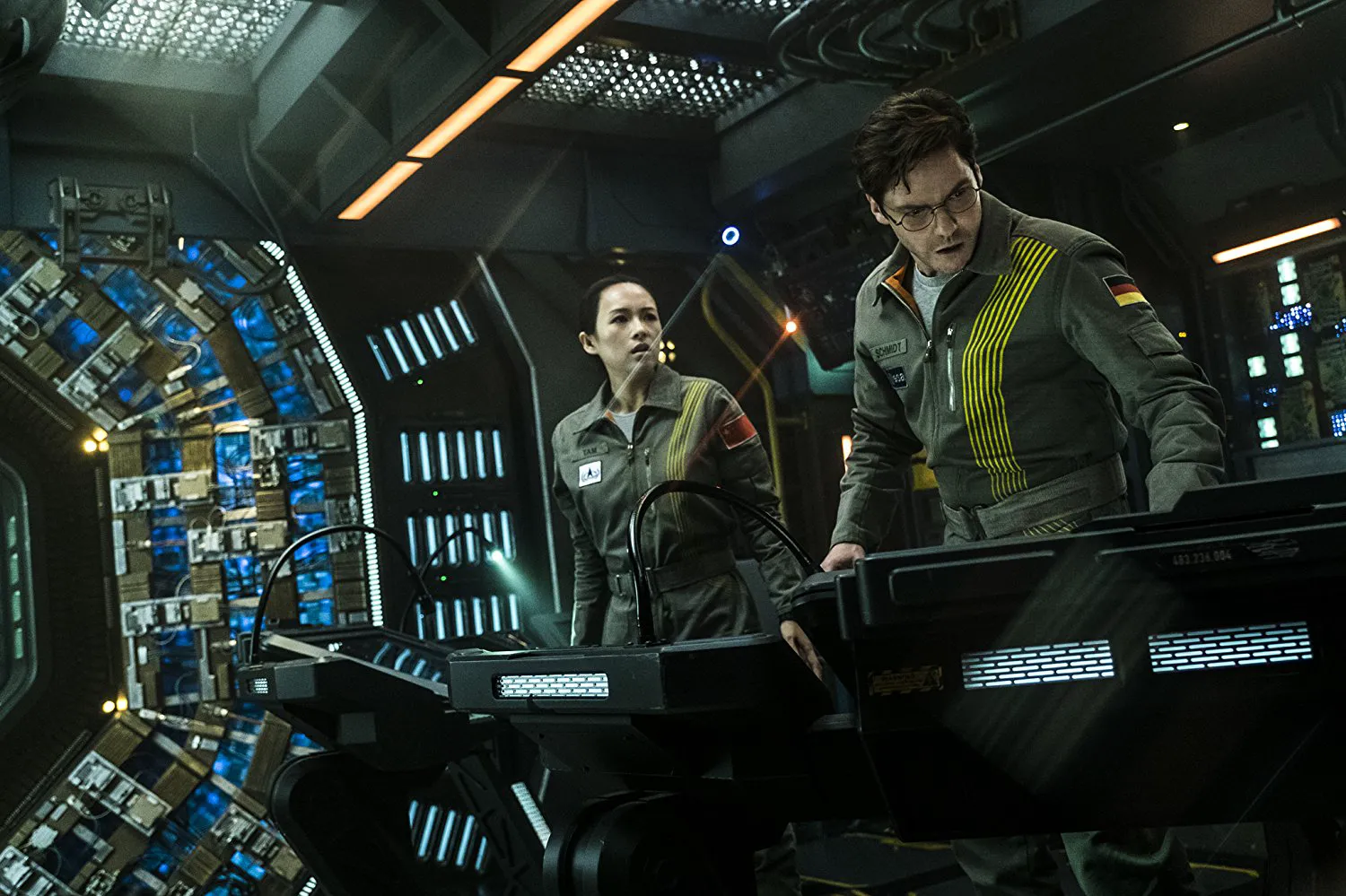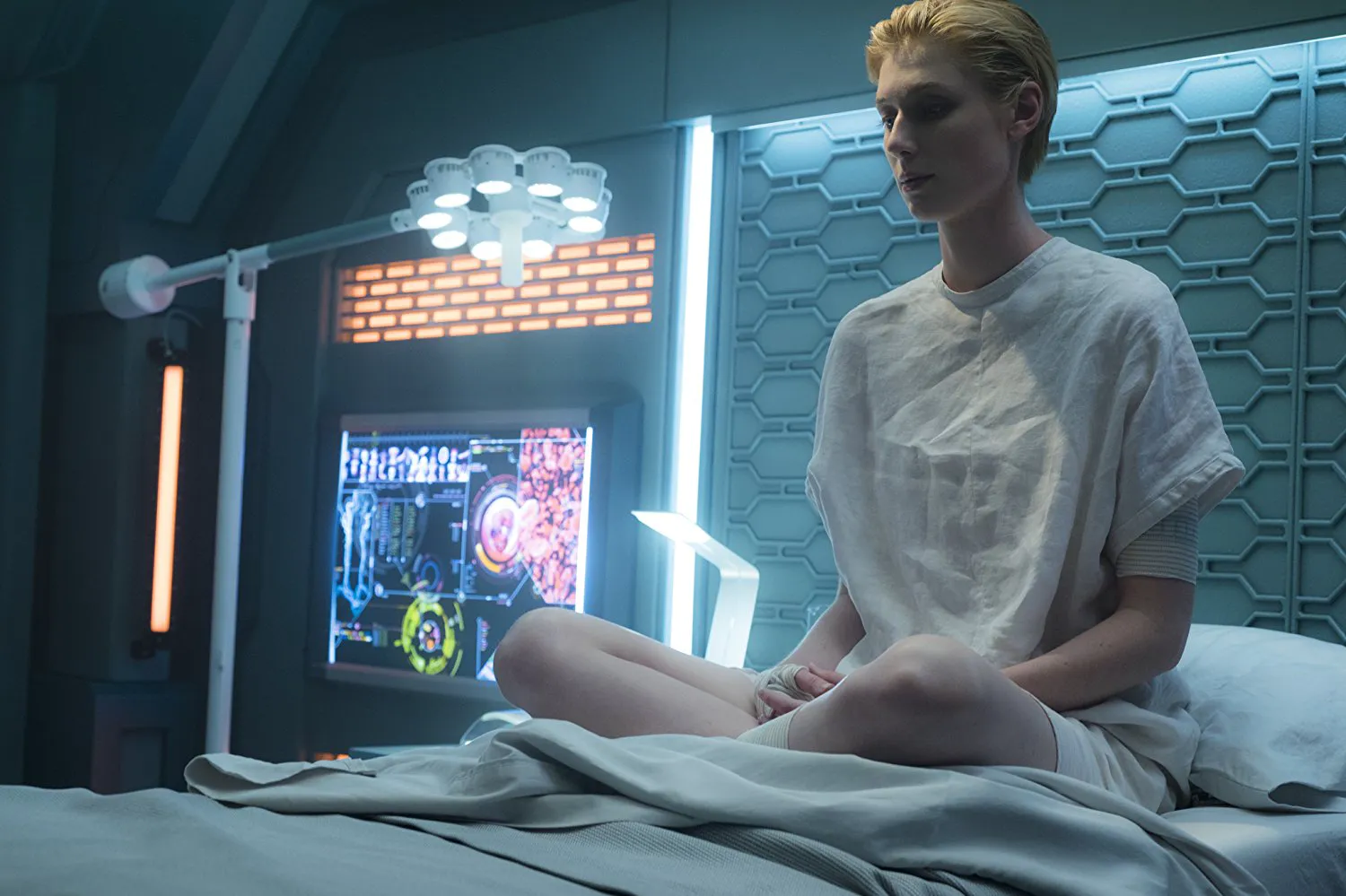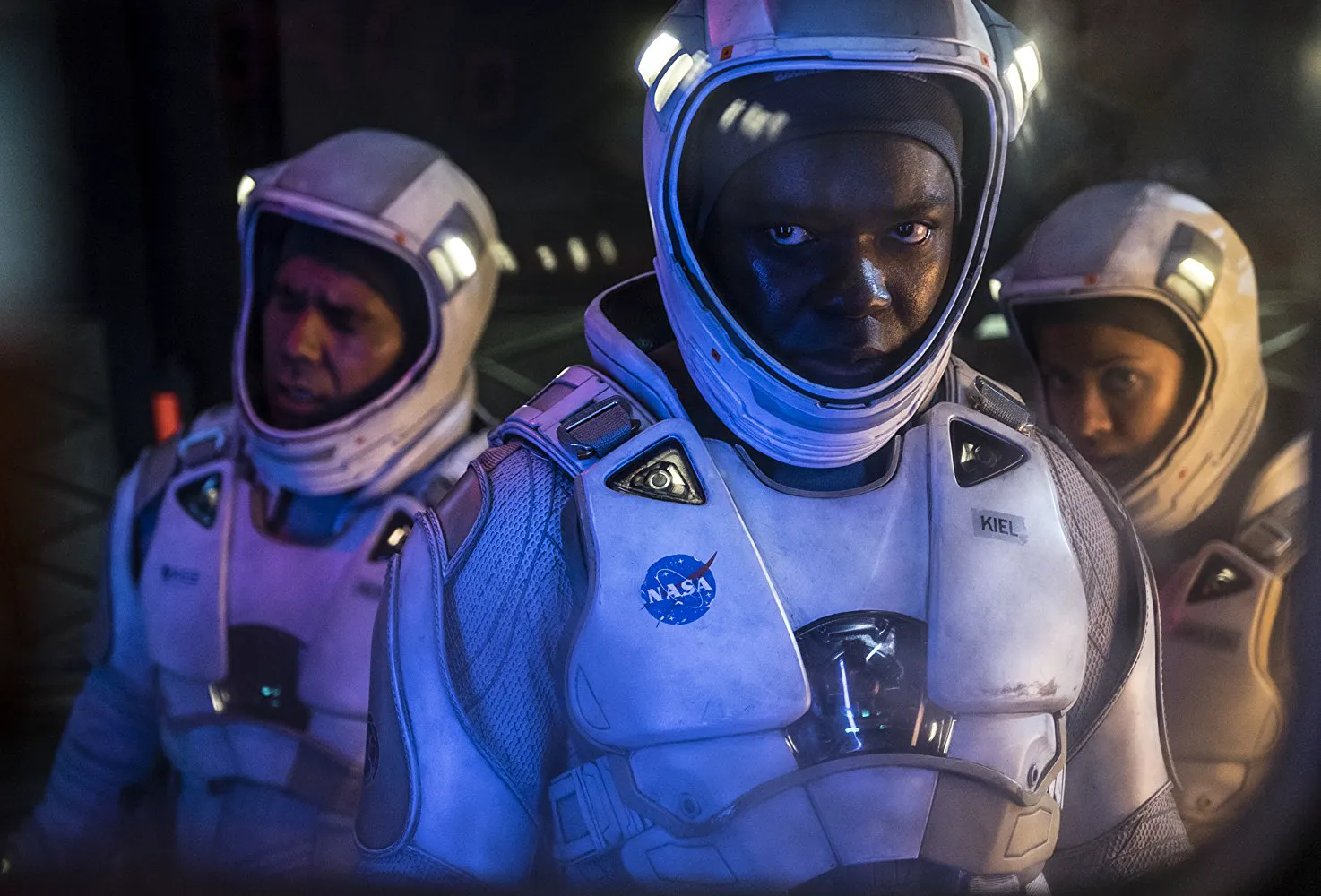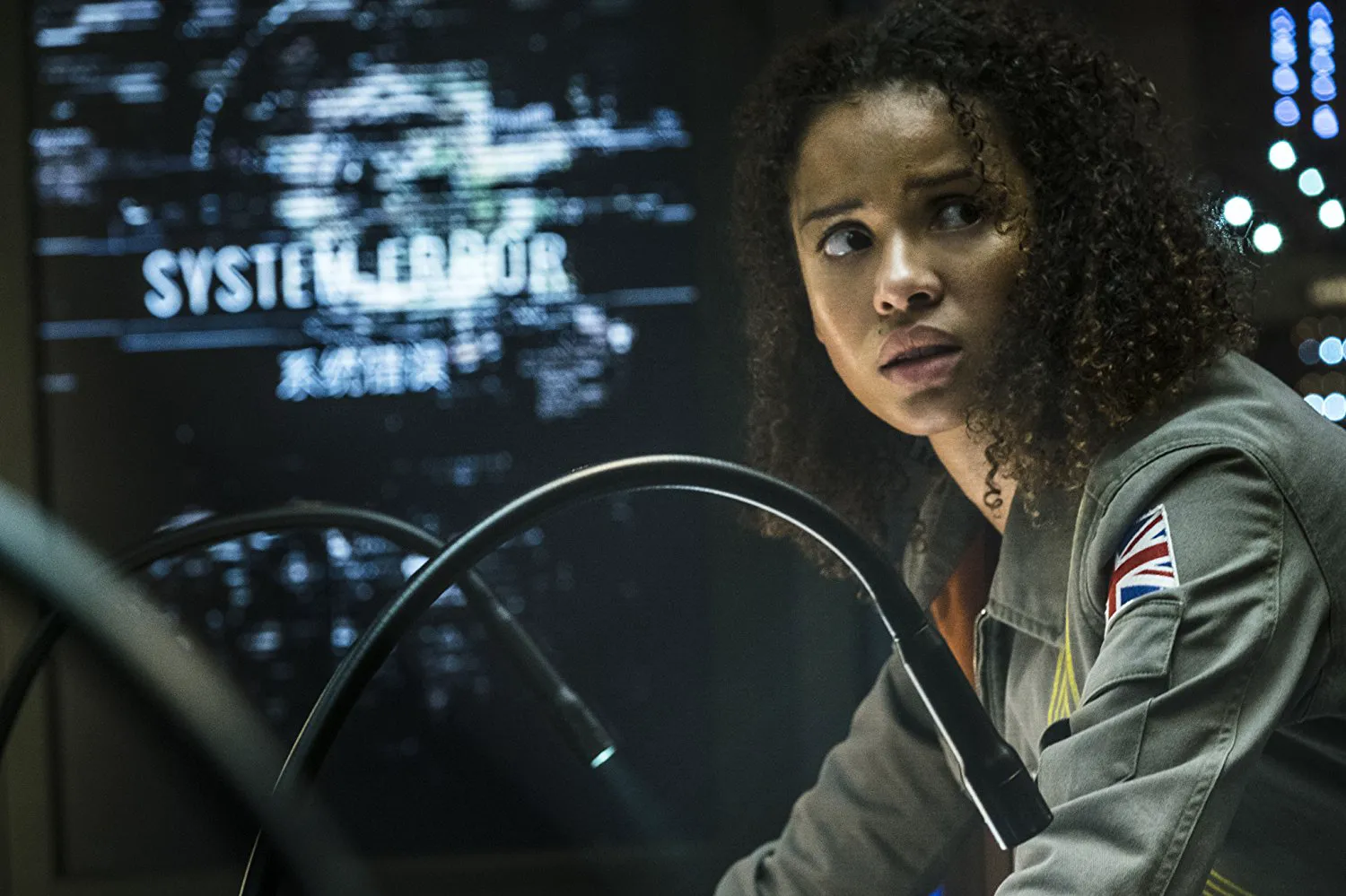Beyond the Box Office: The Cloverfield Paradox
In our weekly “Beyond the Box Office” segment, we spotlight films that might not hit Russian cinemas but still deserve your attention.
Earth is facing a severe resource and energy crisis, and the only hope to avert chaos lies in launching a space station into orbit to test an alternative energy source. After a series of failed attempts, the team finally achieves the required power, but the device overheats, flinging the station to the far reaches of the solar system and causing a dimensional overlap.

A decade ago, when we watched “Cloverfield” with bated breath, it was hard to imagine that this visually stunning yet simple sci-fi thriller would evolve into one of the most unique franchises in modern cinema. Creator J.J. Abrams immediately announced plans to expand the universe through spin-offs, but no one anticipated its diverse range of styles and genres. “10 Cloverfield Lane” turned out to be a claustrophobic psychological thriller, connected to “Cloverfield” only at the very end, which was intriguing. It became clear that anything was possible with this series – Abrams could have followed it with a sex comedy about sexually frustrated teenagers losing their virginity or a tearjerking drama about an abandoned puppy, only to have them all crushed by a giant monster’s foot in the final scene.

While released after “Life,” “The Cloverfield Paradox” was filmed earlier. It began as “God Particle,” a sci-fi thriller independent of the “Cloverfield” franchise, before additional “earthly” scenes were added to tie it to the series.
The production of “The Cloverfield Paradox” had been known for some time, initially believed to be a theatrical release. However, it unexpectedly appeared on Netflix, which acquired the film for exclusive streaming. While slightly delayed, allowing the structurally and character-wise similar “Life” to precede it (Chris O’Dowd essentially plays Ryan Reynolds), “The Cloverfield Paradox” surpasses it in many ways.

The first trailer for the film was released on the same day as the film’s premiere on Netflix.
A Wild Ride Through Dimensions
Like “Life,” “The Cloverfield Paradox” is somewhat dim-witted and suffers from logic and factual inconsistencies, such as characters shooting out a porthole with a 3D-printed blaster. However, there’s little time to dwell on these issues during the viewing experience. The film’s pacing is relentless, packed with enough unexpected twists and turns for an entire series (essentially “Lost” with all its outlandish pros and cons), condensed into a hundred minutes.

It’s unpredictable, thrilling, visually stunning, and ultimately fun. Like a high-speed amusement park ride that makes your hair fly and your ears pop, “The Cloverfield Paradox” races forward, disregarding the road, ignoring the details that fall off along the way and the dangling plot threads (the entire storyline on Earth essentially leads nowhere and only serves to remind us of the film’s title). Without going into too much detail, let’s just say there’s a disembodied hand that crawls around writing messages! After that, any script complaints seem rather pointless.
Stellar Cast Elevates the Chaos
Another similarity between “The Cloverfield Paradox” and “Life” is the presence of truly talented actors in the central roles. The station crew is international, allowing the filmmakers to bring together German actor Daniel Brühl, British actress Gugu Mbatha-Raw (star of “San Junipero,” the best episode of “Black Mirror”), Chinese actress Zhang Ziyi (who seems to have not aged a day since “Crouching Tiger, Hidden Dragon”), Irish actor Chris O’Dowd, and Australian actress Elizabeth Debicki. While the actors are primarily required to look extremely worried and die on cue, it’s always a pleasure to be entertained by genuinely talented individuals. All of this doesn’t aspire to a significant place in history, but it certainly boosts the mood – like going to the mall for routine shopping and unexpectedly stumbling upon a free concert by your favorite band.